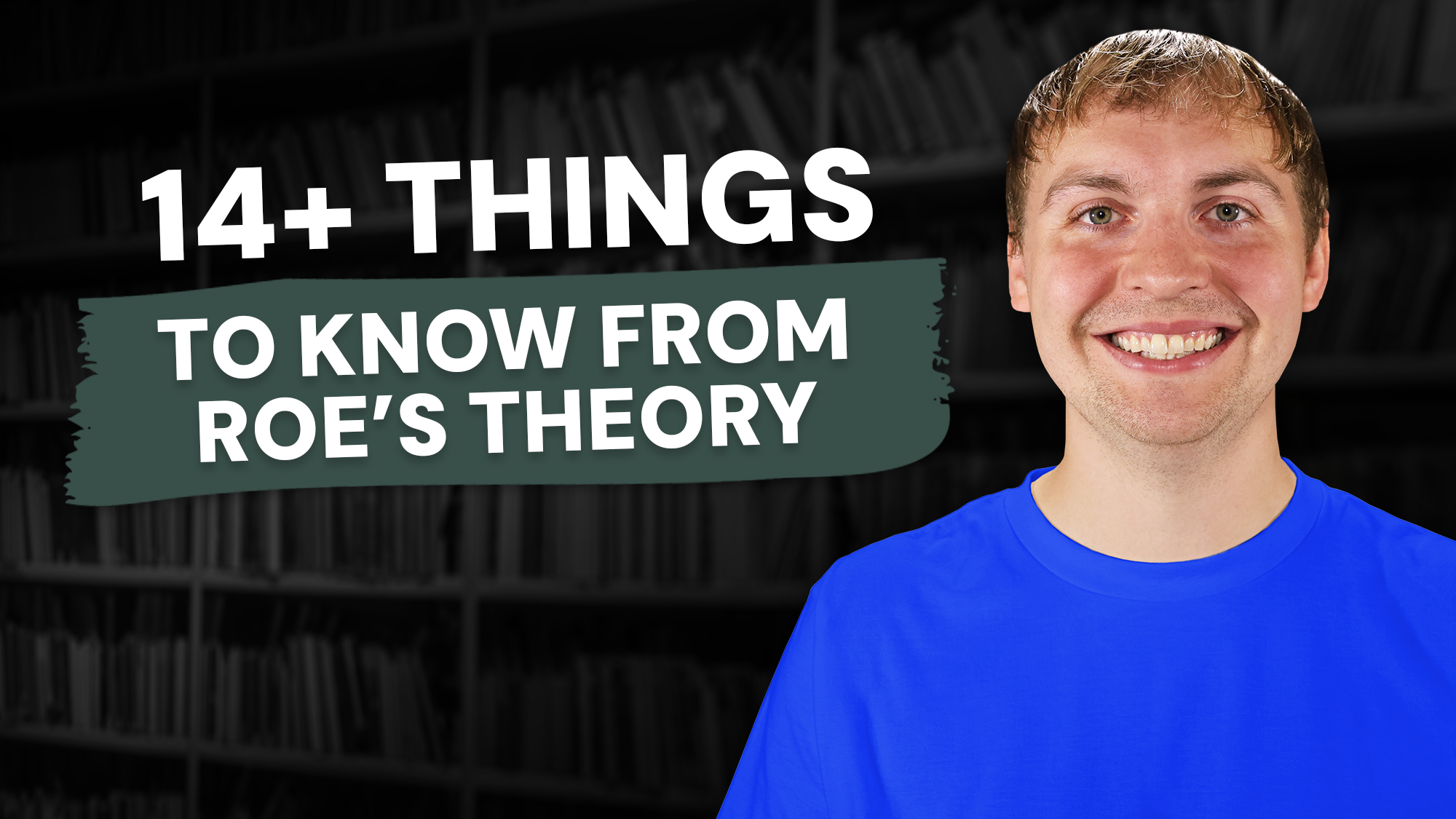
In the category of Career Development on the National Counselor Examination (NCE), the Counselor Preparation Comprehensive Examination (CPCE), or another counseling exam, Donald Super’s theories are something you’ll most likely come across.
Here, we’re covering Super’s five-stage career development theory, his career-related developmental tasks, and the career patterns he outlined.
Let’s begin with Donald Super’s theory of career development that is based on one’s self-concept.
The American Psychological Association defines self-concept as “one’s description and evaluation of oneself, including psychological and physical characteristics, qualities, skills, roles and so forth.”
Super theorized that people use their career choice to support and express their self-concept, or the way that they view themselves. In forming this theory, Super used a study that was performed in the 50s that followed a group of boys in the ninth grade into adulthood. His theory of career or vocational development has five stages.
Growth Stage – The first is the Growth stage, which occurs from birth to around age 14 or 15. During this stage, the person is forming interests and is also figuring out their own self-concept. With that, they begin to determine what their needs may be in terms of their self-concept and how this relates to work.
Exploration Stage – The second stage, Exploration, takes place from around age 15 until the person is around 24 years old. During this stage, the person is fine-tuning their career choices. Where they may have had a wide range of possible careers they were considering, during this stage they are now narrowing their choices. However, they have not yet finalized any career choice at this point. They may explore careers through classes and hobbies.
Establishment Stage – Third is the Establishment stage. This stage begins around 25 years old until the person is around 44 years old. During the Establishment stage, a person may have career trials. But, they will find some stabilization in their career choice during this stage through the work that they have done. Often, during this stage, entry-level skills will be strengthened.
Maintenance Stage – The fourth stage, Maintenance, which takes place from around 45 until 64 years old. At this stage, the person’s focus is on improving their work. They may try to advance their position in the workplace. They may also work toward an improved work situation.
Decline Stage – The final stage, stage five, is called Decline. This stage starts around 65 years old and continues from there. During this stage, they will often work less and reduce their work output. They will also prepare for retirement and then eventually retire during this stage.
To remember these stages—growth, exploration, establishment, maintenance, and decline—Rosenthal recommends remembering GEE MD. Since there are two stages that begin with E, this may be a source of confusion. However, he recommends remembering that you have to explore before you can establish anywhere. Therefore, the exploration stage has to happen before the Establishment stage can.
Along with his theory of career development, Super theorized developmental tasks, of which there are five.
Crystallization Task – The first task occurs from ages 14-18 and is called Crystallization. During this task, the person is choosing areas of interest for work. There may be some planning that occurs and finding and using resources that can help with this planning.
Specification Task – Second, Specification is the second task that occurs from 18-21 years old. At this point, the person is beginning to make more specific work choices. Where they may have been more hesitant or tentative on their choice, it will now solidify.
Implementation Task – The third task is Implementation. This happens from 21-24 years old. With this task, they are beginning to seek and find training related to their career choice and are finding employment.
Stabilization Task – From ages 24-35 is the fourth task, called Stabilization. At this point their experience at work is growing and they are determining if this is the career choice for them.
Consolidation Task – Finally, the fifth task is Consolidation. This begins at around age 35 and continues after that. With this task they are establishing themselves in their career. They are working to gain status, achieve and maintain more seniority, and working toward advancement.
With these developmental tasks, Super noted that the ages when they occur are very flexible. He also said they do not necessarily occur in a sequence or in a well-ordered manner. Not only that, but Super said some people would have mini cycles, which would be when they would go through a stage again.
Career patterns are something else that can be helpful to be familiar with. There are four main patterns that Super discussed.
Conventional Pattern – With the Conventional Pattern, a person may try several different jobs. In the end, they will find one that will be a stable choice for them.
Multiple-Trial Pattern – With a Multiple-Trial Pattern, people will try many different entry-level jobs. However, they don’t find a job that they will feel truly expresses their identity or self-concept.
Unstable Pattern – There is also an Unstable Pattern. With this, the person will go through many jobs—more than in the Conventional Pattern. As with the Conventional Pattern, they will choose a job and find stability in that choice.
Stable Pattern – Finally, there is the Stable Pattern. This pattern is one where the person will have a high level of skill, may have advanced training, and be educated in their choice. They will have a career choice that is more permanent and will often decide at an earlier age than is the case for other patterns.



If you or someone you know are needing immediate mental health assistance, please call or text 988, contact a local emergency telephone number, or go to the nearest emergency room.
By interacting with this website and channel, this does not constitute a therapist/client relationship. This content is intended for the purposes of entertainment and mental health education.
View additional disclaimers and notices on our Disclaimers page.